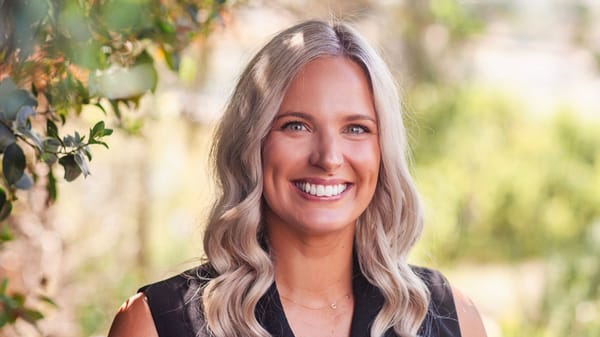East side sewer plan abandoned as Murray Bridge councillors vote no
A controversial plan for a CWMS on the city’s east side has been officially scrapped in favour of an education and compliance scheme.
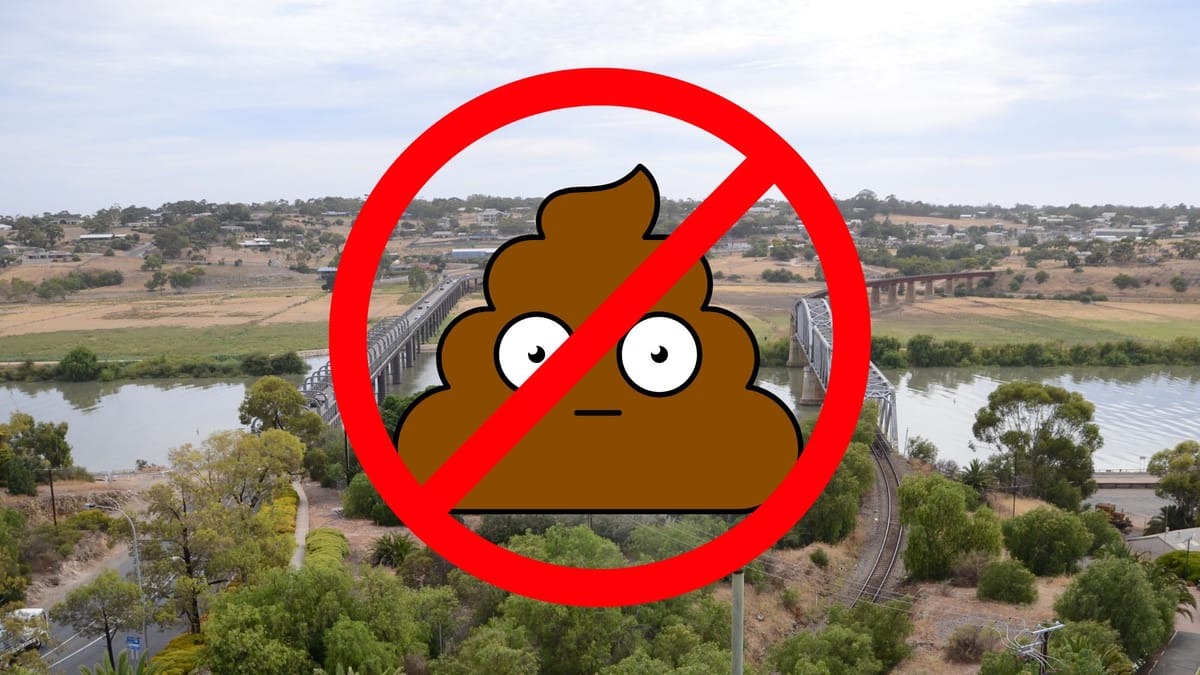
This story is now free to read. Help Murray Bridge News tell more stories like this by subscribing today.
A controversial plan for a community wastewater management scheme on Murray Bridge’s east side is officially dead after councillors voted against the idea.
“The people have spoken and we have listened,” Cr Airlie Keen said at the Murray Bridge council’s meeting on Monday night.
The decision ends four years of uncertainty for residents of Murray Bridge East and Riverglades, who had been facing the prospect of an $8000 bill, plus plumbing costs, to connect to a sewer system most did not want.
More than 80 per cent of locals voiced their opposition to the project during a consultation period late last year.
Instead, the council will develop a scheme of public education about the need to maintain household septic systems, and penalties for residents who fail to do so.
Not one councillor spoke in favour of the sewer idea ahead of Monday night’s vote.
Several said they still had more questions than answers.
Like so many residents, Cr Andrew Baltensperger was worried about the $18.2 million cost, and the potential for it to climb even higher if construction crews had to dig through a lot of limestone.
Cr John DeMichele didn’t feel the council had the resources to take on such a “massive” project, let alone one which had caused so much stress and frustration.
It was clear that there was “no real appetite” among residents or councillors, Cr Tom Haig said.
While she also voted against the sewer plan, Cr Karen Eckermann thanked council staff for having investigated it so thoroughly.
Given that millions of dollars in outside funding had been on the table, it would have been irresponsible for the council not to consider the idea, she suggested.
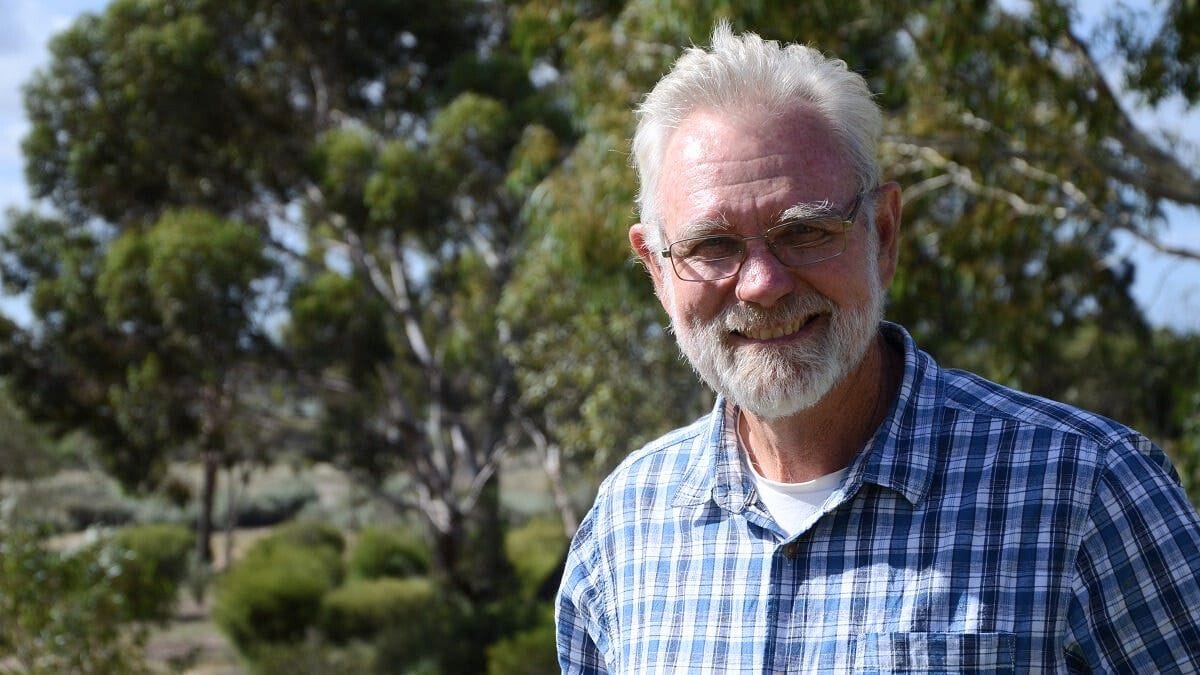
Residents welcome the backdown
Riverglades resident Jerry Wilson, who had sent out bulk letters opposing the sewer plan, said he was relieved it had been defeated.
He hoped the vote would send a message to the agency which manages most of South Australia’s sewer systems, but has repeatedly refused to do anything on Murray Bridge’s east side.
“We’ve got to put pressure on SA Water now,” he said.
“They might come back and say ‘this (a sewer) is what needs to happen’, but at least it would be government-run and it would last for a longer time.”
Perhaps the issue needed crop back up at next year’s state election, he suggested.
Rex Sleeman, another of the chief campaigners against the CWMS, said it was “fantastic news” that the sewer idea had been rejected.
However, he worried that the Murray Bridge council would take a zero-tolerance approach to faulty septic systems, as other South Australian councils had done.
“(In those districts) you fix it up, you replace it or it’s a $10,000 fine,” he said.
“I have fears for people.”
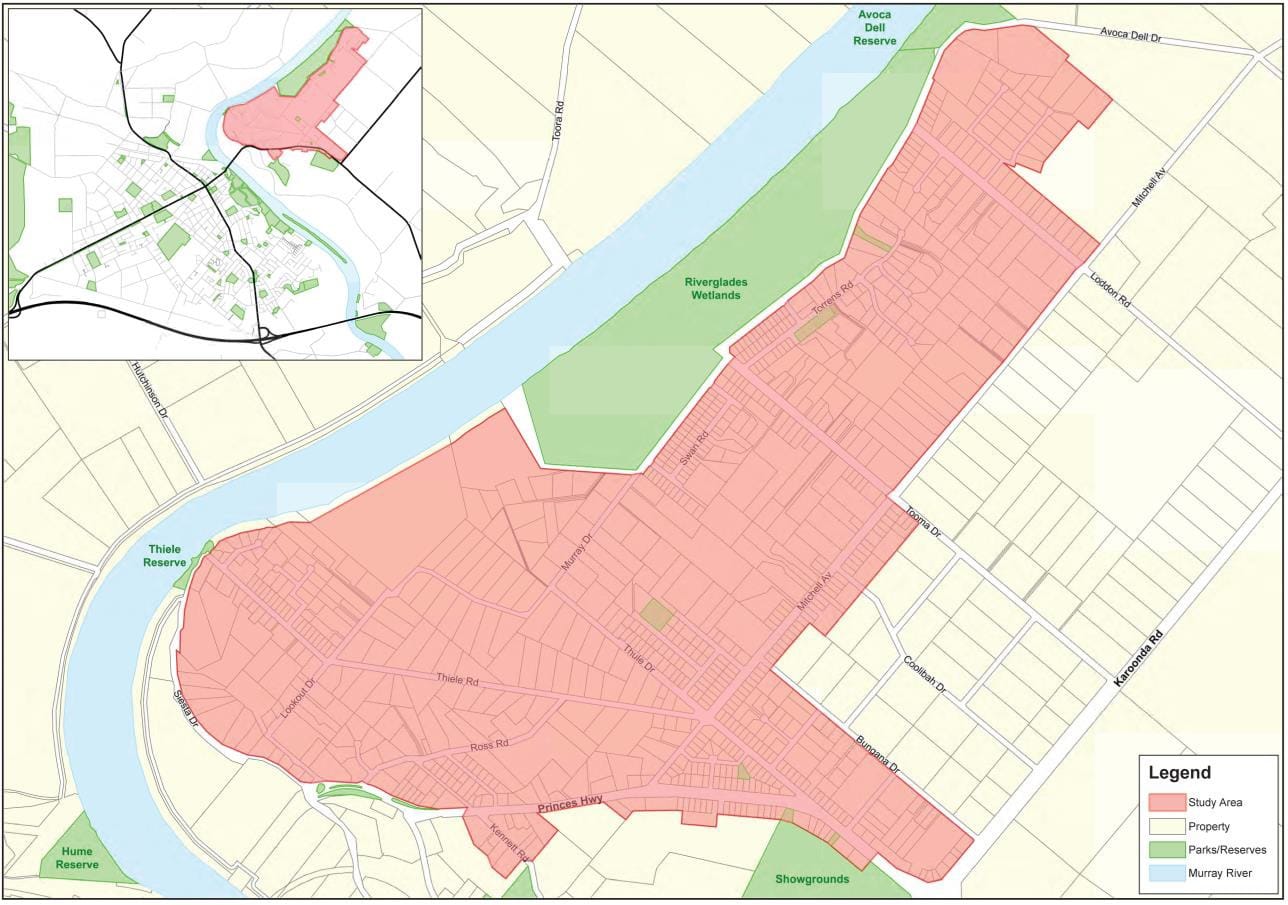
What will an education and compliance program look like?
A 2021 survey found that more than 300 homes on Murray Bridge’s east side had “poor or failing” septic systems which were installed prior to the introduction of current health and safety standards in 1988.
Around half of those properties did not have enough space to install a replacement system which would meet the new standards.
The owners of those homes are likely to be targeted by an education and compliance program which council staff will start putting together in the next few months, or in 2025-26.
Staff indicated on Monday night that the program would likely involve the council employing more environmental health officers to carry out inspections and work with property owners.
The owners of failing septic systems could, potentially, either be forced to pay for new systems, be evicted from their homes or face a penalty of up to $25,000.
As an alternative, councillors were told, perhaps the council could place a bulk order for new septic systems to try and secure a discount for residents.
But none of that has yet been decided.
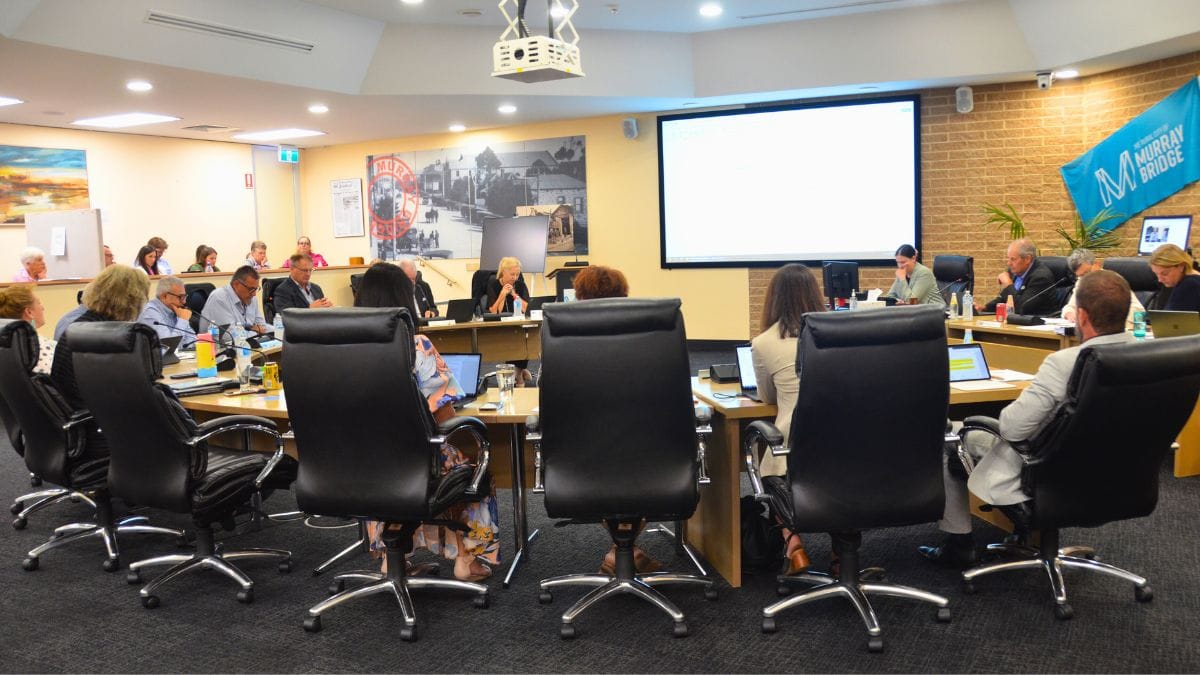
Cr Tom Haig urged the council not to drop the hammer on people with non-compliant systems.
“Clearly … there must be realistic options offered by us to those in (difficult) situations,” he said.
“This might include an examination of alternative technology-based work-around solutions.”
By law, a property without a working septic system cannot be inhabited, as residents’ health – and that of the surrounding environment – could be put at risk.
Disclosure: The author lives in the area which would have been served by a CWMS.





